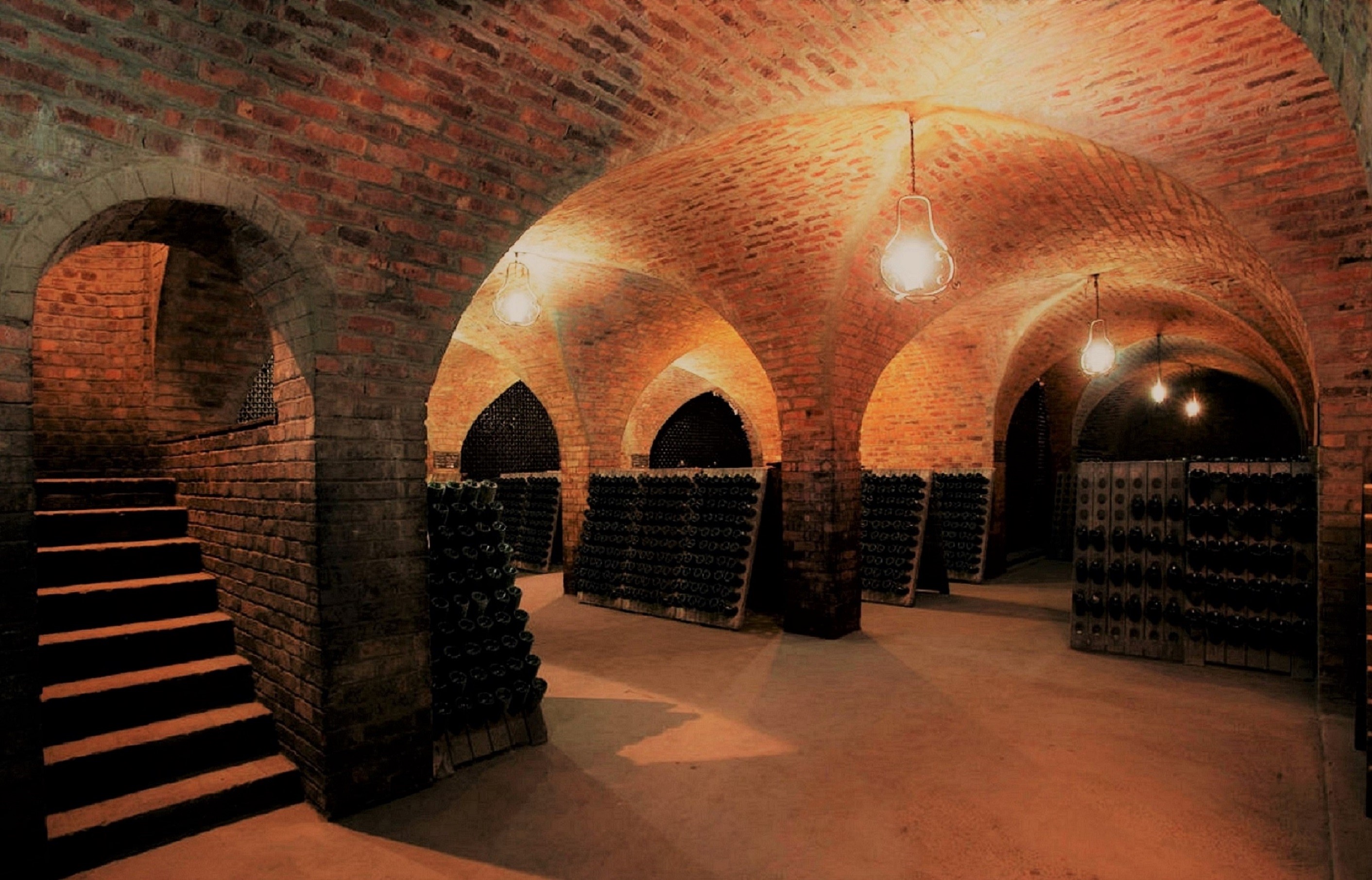Tulbagh
The Obiekwaberge, Saronsberg and Witsenberg mountains form towering guards over the Tulbagh Valley, leaving a gap only at the eastern end for it to flow into Breedekloof.
Thanks to this dramatic topography, the small group of Tulbagh producers are bunched together in an amphitheatre, mainly north of the picturesque old town. When it came to demarcation under the Wine of Origin scheme in 1972, Tulbagh pretty well drew its own District boundaries.

Strangely, this mountain-dominated, inland area, falls under the Coastal Region, despite little, if any, influence from cool, ocean weather or breezes. Even so, Tulbagh is recognised for quality Méthode Cap Classiques under the Krone brand. These are from Twee Jonge Gezellen, the farm originally owned by the Krone family, who pioneered the style and established the bubblies’ reputation. Some ten years ago, Vinimark purchased the farm, developing and growing the Cap Classique range under the Krone brand, while still wines carry the Twee Jonge Gezellen name.
Rudiger Gretschel, Vinimark Director and Krone Cellarmaster, explains the bubblies’ success is due to the area producing wines with unbelievably low pH levels and perfect acidities for the style. That the grapes are harvested before the fully firey heat of summer days is another important reason. The days might be hot but there can be a sharp drop in temperature at night, which refreshes the grapes. In icy winter, when the mountain tops can often be covered in snow, the temperatures are sufficiently low to allow the vines a full dormancy.
In the days when the KWV recommended suitable varieties for the various areas, whites were head of the list for Tulbagh; chenin blanc remains the most planted variety. Today, it is recognised that red varieties do as well; in particular those that have made their mark include shiraz and pinotage, with Saronsberg and Rijks respectively and regularly winning awards with both varietal wines and, in Saronsberg’s case, blends. Shiraz is now the second most planted variety in the valley.
The heat together with the rocky ground, ‘It’s the toughest place to plant,’ Rudiger admits, makes it ideal for Mediterranean varieties, which ripen easily. The reds from Saronsberg and Rijks are big wines, but the low pHs keep them from being jammy, that they are soundly dry is another benefit.
For wines that are more elegant and fresher, a style many prefer today, Rudiger believes cabernet sauvignon is a suitable variety, producing wines of fruit forward elegance. He also believes carignan could be useful.
At the other end of the scale, Tulbagh is part of a designated area named Boberg, which is used for fortified wines only. This area dates back to the introduction of the Wine of Origin scheme and is officially situated in the Divisional Council areas of Tulbagh and Paarl. At the time, it was the only production area in which liqueur wine was permitted to be produced. It seems the KWV, based in Paarl, were then the biggest producers of fortified wine and were the main drivers of Boberg, which is still used only for fortified wines.

Tulbagh might be limited in the number of producers but enjoys a reasonable spread of varieties and styles.
- Blog by Angela Lloyd